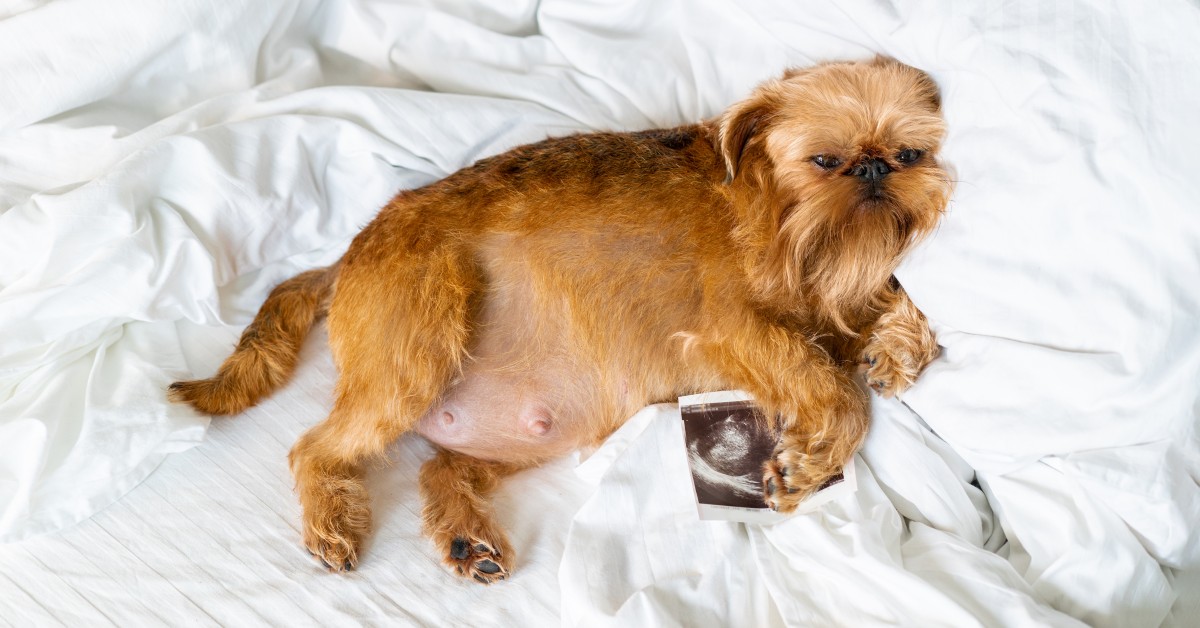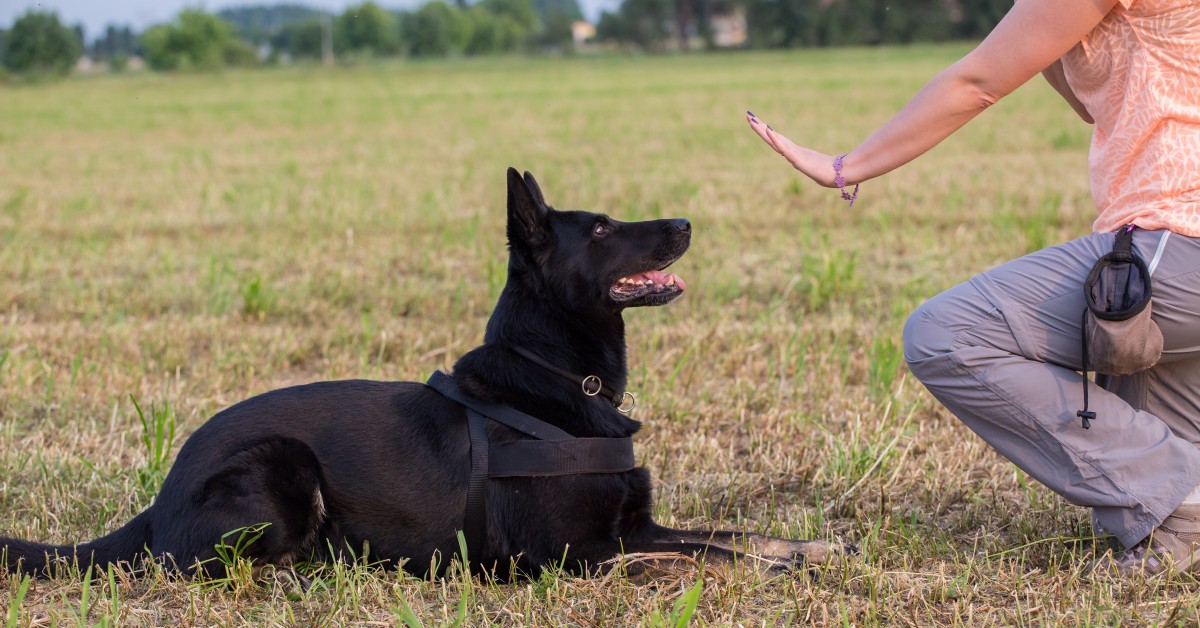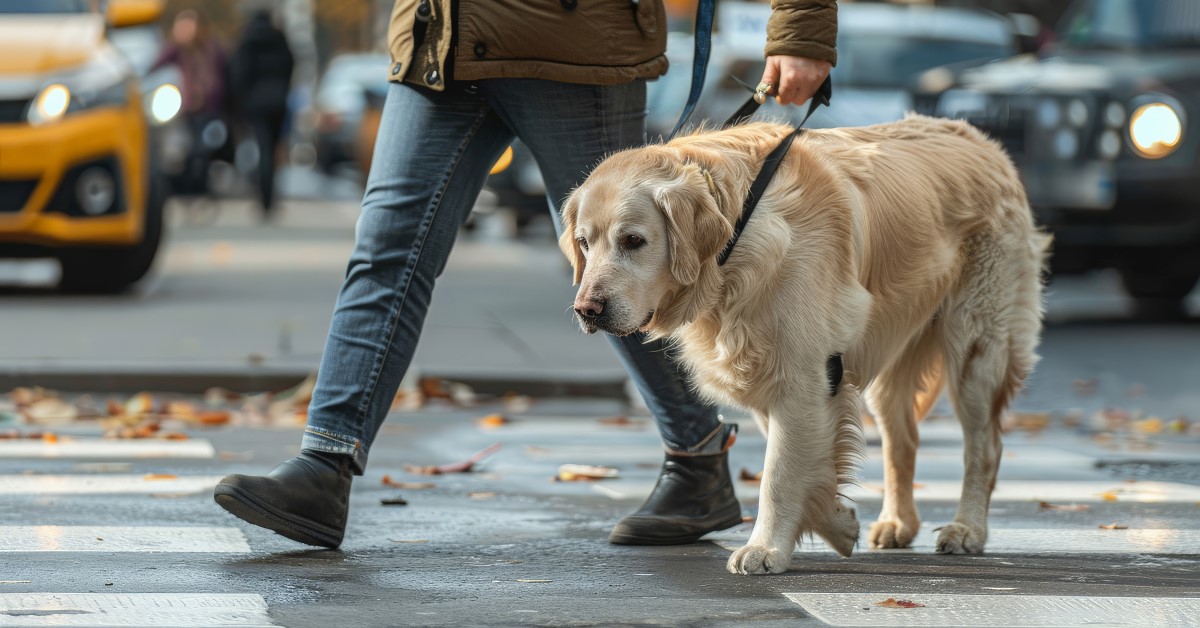My Dog Is Pregnant! What Now?
Learn how to help your dog enjoy a healthier, safer pregnancy.

If your female dog has an enlarged belly, shows signs of morning sickness, eats more or less than usual, and seems especially affectionate -- congratulations may be in order! These signs indicate that your pet may be pregnant. Once your veterinarian has confirmed the pregnancy through ultrasound imaging, blood tests, or other diagnostic techniques, you may find yourself wondering how to prepare for the upcoming birth. Let's look at some key things you should do during that canine pregnancy.
Schedule Necessary Vet Visits
The earlier you talk to your veterinarian about your pregnant dog’s needs, the better. Some breeds have more trouble giving birth naturally than others, so ask your vet whether you need to consider the possibility of a C-section (surgical removal of the puppies) instead.
Schedule a general wellness exam so your vet can recognize any diseases or disorders that might require special attention (including additional vet visits) during the approximately 63 days of pregnancy.
Newborn puppies can sometimes receive parasites such as hookworms and roundworms from their mother. For this reason, your vet may recommend giving your dog deworming medicine, starting in the third trimester and continuing for a couple of weeks after birth.
Provide Your Pregnant Dog a Healthy Lifestyle
Your pregnant dog can enjoy a mostly-normal routine throughout its pregnancy. However, you may need to make some temporary modifications to provide mother and babies with the best possible prenatal environment. For example, while regular exercise can continue to offer fitness benefits for your pregnant dog, you should limit that exercise to low-impact activities such as daily walks.
For the most part, you can feed your dog its favorite meals, although your veterinarian may recommend a gradual switchover to a particular food product and/or nutritional supplements at some point during the pregnancy. As the pregnancy proceeds, you may also be instructed to increase your dog's calorie intake. Pregnant dogs typically need as much as twice their usual caloric intake, since they're not just "eating for two" but providing nutrients to an entire litter of babies.
You want your dog to stay as healthy as possible throughout the pregnancy. To keep infectious diseases at bay, limit exposure to other animals as much as possible. This precaution takes on even more importance when you consider that you can't safely vaccinate a pregnant dog, and that newborn puppies have limited immunity to diseases.
Prepare a Whelping Area
As your dog's delivery date draws nearer, it's time to create a whelping area or nesting bed. Your dog will give birth in this area and nurture the puppies there through their first weeks of life. A whelping area can be as simple as a box, doggie bed, or kiddie pool lined with soft bedding, or it can be an elaborate store-bought product designed for this specific purpose. Change the bedding regularly to maintain a clean, hygienic space.
Introduce your dog to the whelping bed so it will feel comfortable giving birth there when the time comes. Set up the whelping bed in a semi-private area, cut off from other household pets but easy for you to access. A spare bedroom with a childproof barrier in the doorway is a good example.
Recognize Trouble Signs in Your Pregnant Dog
As you get near Day 63, start taking your dog's temperature with a rectal thermometer. A temperature below 100 degrees Fahrenheit indicates that your dog is getting ready to deliver. From this point forward, watch for the normal signs of labor. These signs may include restlessness (due to discomfort from contractions), digging, panting, and/or vomiting.
Once your dog starts delivering babies, you can expect to see a new arrival emerge at intervals of anywhere from 45 minutes to four hours, with the babies emerging either head-first or tail-first. However, certain symptoms should alert you to a potential problem called dystocia, or difficult labor. These trouble signs include:
- More than four hours without a new puppy appearing.
- More than two hours of weak straining without a new puppy appearing.
- More than 30 minutes of strong contractions without a new puppy appearing.
- Black, green, bloody, or clear vaginal discharge.
- Obvious signs that a puppy is stuck midway through delivery.
If you see signs of dystocia, take your dog to an emergency animal hospital immediately. A C-section can remove the danger and deliver the puppies safely.
Educate Yourself on Puppy Care
Even if you intend to rehome your new litter of puppies, you'll still need to play nursemaid to them for several weeks before they can be adopted. During your dog's pregnancy, take the time to read up on proper puppy care methods and practices, from keeping the puppies clean to scheduling veterinary wellness exams and procedures. If you have any concerns or questions, your vet should be able to address them.
Not Ready for More Litters? Consider Spaying Your Dog
As joyful as the arrival of a litter of puppies may be, maybe you'd rather not go through the experience multiple times. In that case, talk to your vet about performing spay surgery. Spaying your dog not only prevents future pregnancies, but it can also reduce your pet's risk for reproductive diseases while eliminating heat-related discomfort and misbehavior. If you do want to welcome future litters into the world, make your veterinarian an integral part of your dog's health and wellness team!
Ready to start saving money on pet wellness care?
Then take a look at Mint Wellness, the pet wellness plan that provides fast reimbursement on routine pet care. Save on vaccinations, wellness exams, preventatives, dental, and more!
Learn More


